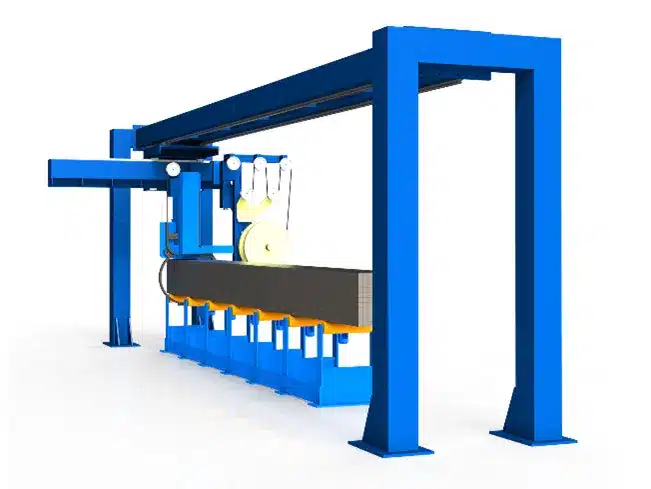Last edit: 01/08/2023

THE DOUBT:
Often, machinery manufacturers have both mechanical and electrical or hydraulic competences: therefore they engineer the whole machine, produce it and place it on the market. That machinery will be CE marked once it is placed on the market by its manufacturer.
However there are situations whereby the manufacturer has only mechanical skills and would like to sell its “machinery” without any electrical, Hydraulic or pneumatic parts.
Is he obliged to certify that assembly? Is that assembly subject to the Machinery Directive?
CONSIDERATIONS
Let’s start from the definition of Machinery:
[2006/42/EC] Article 2 – Definitions
For the purposes of this Directive, ‘machinery’ designates the products listed in Article 1(1)(a) to (f). The following definitions shall apply:
(a) ‘machinery’ means:
- an assembly, fitted with or intended to be fitted with a drive system other than directly applied human or animal effort, consisting of linked parts or components, least one of which moves, and which are joined together for a specific application,
With the term “Drive System” the directive refers to either the Electrical part or the hydraulic or any energy that can generate a movement of the mechanical Assembly. Let’s read what the Guide to the machinery directive states regarding the above definition:
[Guide to the Machinery Directive: 2019] §35 The basic definition]
[…] Usually the manufacturer of complete machinery supplies the machinery fitted with its drive system. However, machines intended to be fitted with a drive system but supplied without it may also be considered as machinery.
[…] For machinery to be supplied without a drive system:
- the manufacturer's risk assessment must take into account all the risks associated with the machinery, including those relating to the drive system to be fitted to the machinery – see §158: comments on General Principle 1 of Annex I;
- the machinery manufacturer must set out in his instructions all the necessary specifications for the drive system to be fitted such as the type, power and means of connection, and provide precise fitting instructions for the drive system – see §264: comments on section 1.7.4.2 (i) of Annex I;
- the conformity assessment of the machinery must cover the specifications of the drive system to be fitted and the fitting instructions;
- the CE-marking on the machinery and the EC Declaration of Conformity that accompanies the machinery must cover the specifications and instructions relating to the drive system to be fitted.
If the above conditions are not fulfilled, machinery without a fully specified drive system must be considered as partly completed machinery (PCM)
CONCLUSIONS
A Mechanical Assembly without a drive system must be either CE Marked or given the status of a Partly Completed Machinery. That is an obligation of the Mechanical Assembly. In other terms, the assembly cannot be sold without neither a CE Mark or a declaration of Incorporation.